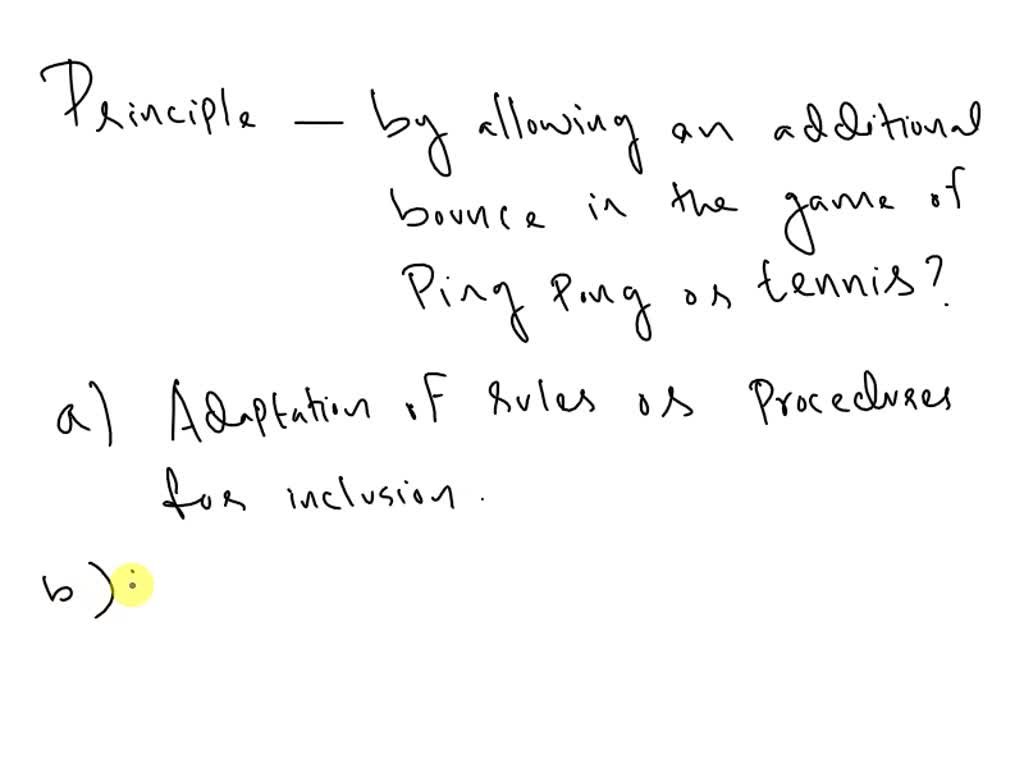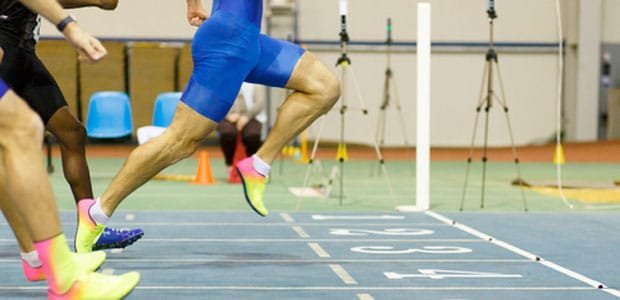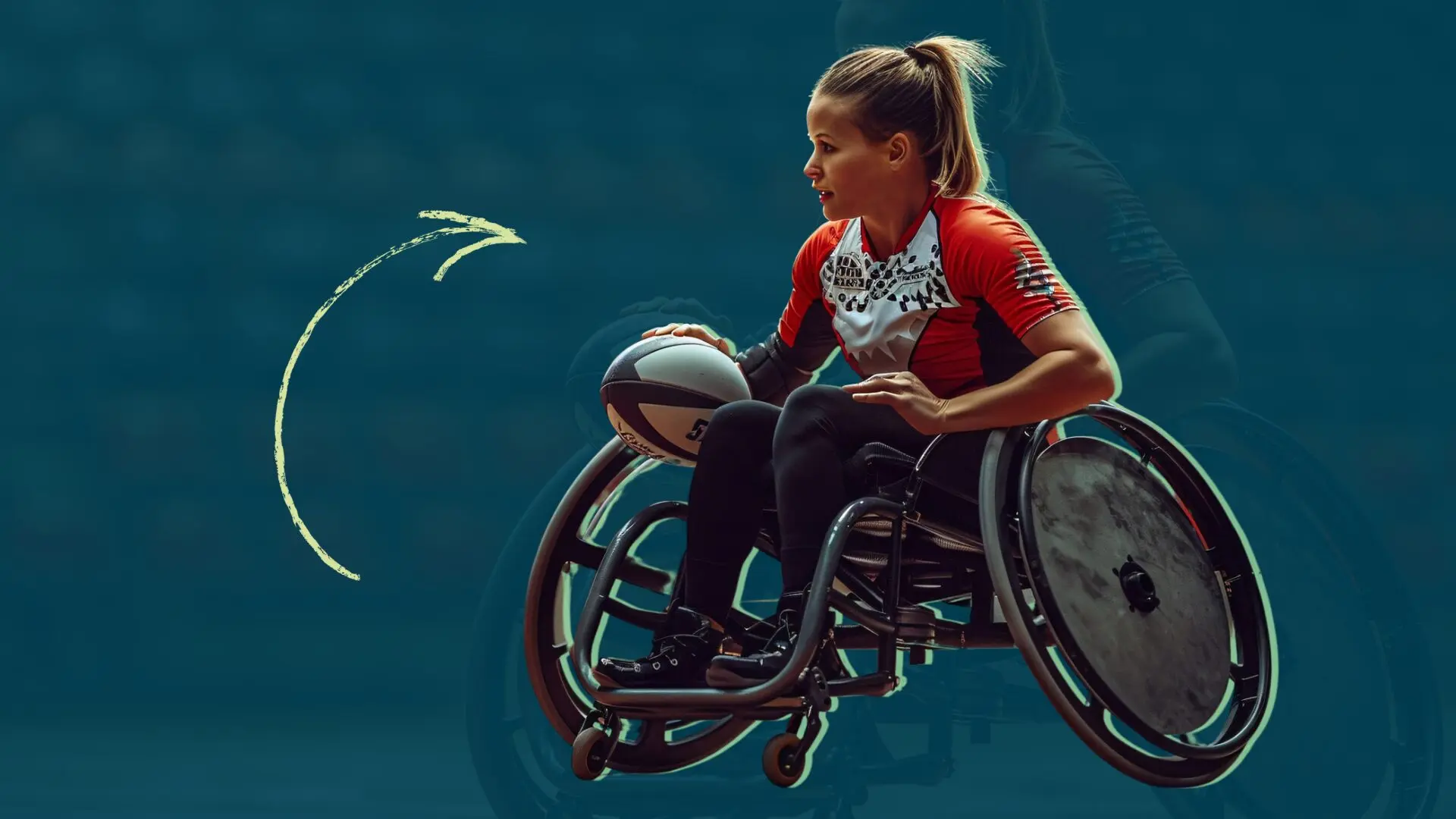The principle of overload is key in sports training. It means gradually increasing the stress on your body to improve fitness and performance.
In tennis and basketball, applying this principle can enhance your skills and endurance. For athletes, it’s essential to push beyond comfort zones. This method helps muscles adapt and grow stronger. For tennis, it might involve longer practice sessions or tougher drills.
In basketball, it could mean more intense workouts or additional scrimmages. Over time, these small increases lead to big improvements. Understanding how to use the overload principle effectively can give athletes a significant edge. Ready to dive into how this works? Let’s explore the practical ways to apply this principle in both sports.
Introduction To Overload Principle
The overload principle is key in improving sports performance. It means gradually increasing the stress on your body during training. This helps your body adapt and get stronger over time. This principle can be applied to various sports, such as tennis or basketball, to enhance skills and endurance.
Definition And Importance
Overload principle means pushing your limits. It involves making your workouts harder. This could be by adding more weight, increasing intensity, or extending duration. This principle is crucial because it leads to progress. Without it, your performance may plateau. In sports like tennis and basketball, applying this principle can improve speed, strength, and agility.
Historical Context
The overload principle has roots in ancient Greece. Milo of Croton, a wrestler, trained by carrying a calf daily. As the calf grew, so did Milo’s strength. This story illustrates the principle of gradually increasing load. In modern times, athletes use this principle to break records and achieve peak performance.
Basics Of Overload In Sports
The principle of overload is a fundamental concept in sports training. It involves progressively increasing the intensity of workouts to enhance athletic performance. By applying overload, athletes can improve their strength, endurance, and skills. This principle is essential for sports like tennis and basketball.
Fundamental Concepts
Understanding the basic concepts of overload helps in its effective application. Here are some key points:
- Progressive Overload: Gradually increasing the training load.
- Specificity: Tailoring the training to the specific sport.
- Recovery: Allowing time for the body to adapt.
Physical And Mental Aspects
Overload impacts both the physical and mental aspects of an athlete’s performance.
Physical Aspects:
- Increased muscle strength and endurance.
- Improved cardiovascular health.
- Enhanced agility and coordination.
Mental Aspects:
- Greater focus and concentration.
- Improved stress management.
- Increased mental resilience.
By understanding and applying the principle of overload, athletes in tennis and basketball can achieve significant improvements. This process requires careful planning and monitoring to ensure the best results.
Applying Overload To Tennis
Applying the principle of overload to tennis can greatly enhance a player’s performance. Overloading involves progressively increasing the intensity of training. This helps build endurance, strength, and skill. Implementing this principle can lead to significant improvements on the court.
Enhancing Endurance And Strength
To boost endurance in tennis, players can increase their training volume. This can be done by extending practice sessions or adding more sets and reps to drills. For example, a player might practice serving for an extra 15 minutes each session.
Strength training is also crucial. Tennis players should incorporate exercises like squats and lunges. These exercises target muscles used in tennis, such as legs and core. Gradually increasing the weight or resistance will overload these muscles, making them stronger.
Techniques For Skill Improvement
Overloading can also improve tennis skills. Practicing with a higher level of intensity can simulate match conditions. For instance, hitting against a faster ball machine can improve reaction time and shot accuracy.
Another effective technique is practicing with heavier rackets. This helps build wrist and forearm strength, enhancing control and power. As the player adapts, switching back to a lighter racket can make strokes feel easier and more precise.
Table drills are useful too. Here’s a sample table for a weekly skill overload plan:
| Day | Skill Focus | Overload Technique |
|---|---|---|
| Monday | Serving | Extra 20 serves with a heavier racket |
| Wednesday | Forehand | Practice with a faster ball machine |
| Friday | Backhand | Double the usual practice reps |
Overload Strategies For Basketball
Applying the principle of overload to basketball involves increasing the intensity, duration, or frequency of training. This helps players build strength, endurance, and skills. Over time, their performance improves significantly.
Training for basketball involves more than just playing the game. To improve, players need to apply the principle of overload. This means challenging the body beyond its usual limits. By doing this, athletes can build strength, stamina, and skills necessary for better performance. Here are some effective overload strategies for basketball:
Building Stamina And Agility
Basketball players need high levels of stamina and agility. To achieve this, they must perform exercises that push their limits. Sprint drills can be very effective. Players should run short sprints with short rest periods. This mimics the fast-paced nature of the game. Another good exercise is interval training. This involves alternating between high-intensity exercises and low-intensity rest periods. For example, running at full speed for 30 seconds, then walking for 60 seconds. This helps improve both stamina and agility. Plyometric exercises are also useful. These exercises include jumping drills, which help improve leg strength and explosiveness. Box jumps and squat jumps are examples. These exercises help players move quickly and change direction fast.
Improving Shooting And Defense
Shooting and defense are crucial skills in basketball. To improve shooting, players need to practice under different conditions. This can include shooting while tired or with a defender in their face. This helps simulate game conditions. Defense also requires specialized training. Players can perform drills that focus on footwork and speed. Defensive slides are a good example. These help players stay low and move quickly side to side. Strength training is another key area. Players should work on their upper body and core strength. This helps with both shooting and holding ground on defense. Exercises like push-ups, planks, and weight training are beneficial. By applying these overload strategies, basketball players can enhance their overall game performance. They will build stamina, improve agility, and become better shooters and defenders. “`
Customized Training Plans
Customized training plans play a crucial role in applying the principle of overload to sports. Athletes need personalized routines to push their limits and improve. This is especially true in sports like tennis or basketball, where specific skills and strengths are vital.
Creating Individualized Programs
Each athlete has unique strengths and weaknesses. A one-size-fits-all approach won’t work. Coaches must assess each player’s abilities and needs. They can then create a program that targets specific areas for improvement. This ensures the athlete is challenged appropriately and progresses steadily.
Adjusting Intensity And Volume
Intensity and volume are key factors in training. For tennis or basketball, the coach must adjust these elements regularly. Increasing the intensity of drills or the volume of practice sessions can help athletes break through plateaus. It’s important to find a balance to avoid burnout or injury.
This involves careful monitoring of the athlete’s responses to the training. Adjustments should be made based on their progress and feedback. This approach helps maintain motivation and ensures consistent improvement.

Credit: traineracademy.org
Monitoring Progress
Monitoring progress is key in applying the principle of overload in sports. Whether you play tennis or basketball, tracking your development helps you understand what works. It also shows what needs improvement. This way, you can make informed decisions to boost your performance.
Using Performance Metrics
Performance metrics are vital for tracking progress. In tennis, track the number of successful serves. Count the unforced errors during a game. For basketball, monitor the number of successful shots. Also, track rebounds and assists. These metrics give a clear picture of your current performance.
Use a journal or an app to record these metrics. Update it after each practice or game. This way, you can see patterns over time. Regular updates help spot areas that need more focus. They also highlight strengths you can build on.
Adapting To Results
Adapting to results is crucial for improvement. Once you have your metrics, analyze them. Look for trends in your performance data. Are there consistent weaknesses? Focus your training on these areas.
For example, if your tennis serves are weak, add more serving drills. If your basketball shooting accuracy is low, practice more shots. Adapt your training based on what the data shows. This targeted approach ensures your practice is effective.
Regularly review your progress. Adjust your training plans as needed. Keep pushing your limits gradually. This way, you apply the principle of overload effectively. Your performance will steadily improve.
Avoiding Overtraining
Avoiding overtraining is crucial in sports like tennis or basketball. Overtraining can lead to injuries, burnout, and decreased performance. Players must balance intense training with adequate recovery. This helps maintain peak performance while preventing health issues.
Recognizing Symptoms
Recognize the signs of overtraining early. Symptoms include constant fatigue, irritability, and trouble sleeping. Athletes may also see a drop in performance. Muscle soreness that doesn’t go away is another warning sign.
Implementing Recovery Techniques
Implement effective recovery techniques to avoid overtraining. Rest days are vital. They allow the body to heal and grow stronger. Proper nutrition also aids recovery. Eating balanced meals provides the energy needed for healing.
Stretching and foam rolling can reduce muscle stiffness. Light activities like swimming or yoga can keep the body active without overloading it. These methods support recovery and maintain flexibility.
Sleep is another key factor. Aim for 7-9 hours of quality sleep each night. Good sleep helps the body repair itself and reduces the risk of injury.

Credit: www.barnesandnoble.com
Case Studies And Success Stories
Understanding the principle of overload in sports can often be easier through real-life examples. Many professional athletes have applied this principle to their training routines, leading to significant improvements in their performance. In this section, we will explore the experiences of professional athletes and the lessons they learned.
Professional Athletes’ Experiences
Professional athletes in sports such as tennis and basketball frequently use the overload principle. They progressively increase the intensity of their training sessions. This gradual increase allows them to adapt and enhance their strength, endurance, and skills.
For instance, Serena Williams incorporates the overload principle by increasing her training intensity. This includes more challenging drills and longer practice sessions. Similarly, LeBron James uses this principle to improve his performance. He focuses on more intense workouts and skill drills to push his limits.
To illustrate further, here is a comparison of their training routines:
| Aspect | Serena Williams | LeBron James |
|---|---|---|
| Training Intensity | Increases progressively with challenging drills | Focuses on high-intensity workouts |
| Duration | Longer practice sessions | Extended skill drills |
Lessons Learned
From these case studies, several key lessons can be learned:
- Consistency: Regularly increasing the training load is crucial for improvement.
- Progressive Overload: Gradual increase helps in avoiding injuries and ensures steady progress.
- Adaptation: Athletes need to adapt to new levels of stress to enhance performance.
Incorporating these lessons can help athletes of all levels improve their game. By understanding and applying the principle of overload, players can see noticeable advancements in their performance over time.
Frequently Asked Questions
What Is The Principle Of Overload In Sports?
The principle of overload states that to improve, athletes must perform exercises beyond their current abilities. This means increasing intensity, duration, or frequency of training.
How Does Overload Improve Tennis Performance?
Applying overload in tennis involves increasing training intensity or duration. This enhances endurance, strength, and agility, improving overall performance on the court.
Can Overload Be Applied To Basketball Training?
Yes, overload can be applied to basketball by intensifying drills and conditioning. This boosts players’ strength, speed, and stamina, enhancing their game performance.
What Are Examples Of Overload In Tennis?
Examples include increasing the number of practice sets, playing with heavier rackets, or incorporating more sprint drills to build speed and agility.
Conclusion
Applying the principle of overload boosts tennis and basketball performance. Athletes must push beyond their comfort zones. This leads to improved strength, speed, and agility. Consistent training with increased intensity helps achieve better results. Regularly challenging the body creates progress.
Remember, rest is equally important. It allows muscles to recover and grow stronger. By using this principle, athletes can reach their full potential.



